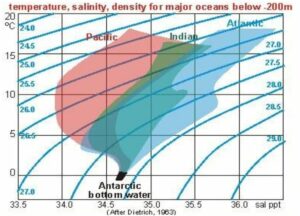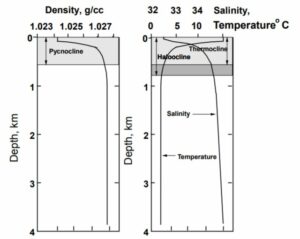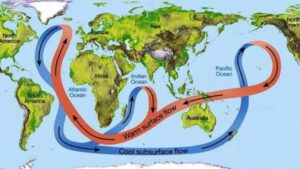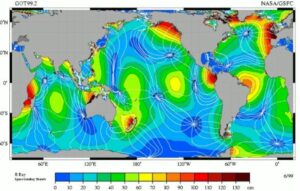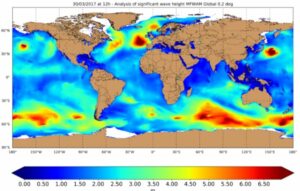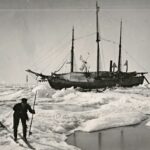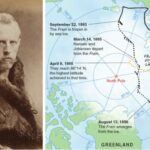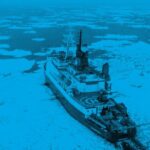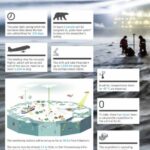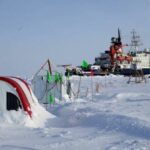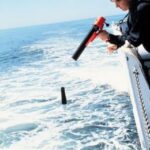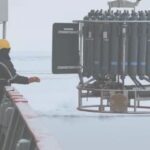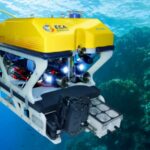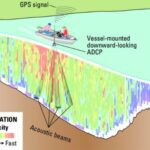To understand Marine Energy better, it is important to have a high level understanding of oceanography. Oceanography is the science of the ocean. Water is about 784 times as dense as air. Therefore a wind turbine on land or offshore needs much more force to turn its blades than a tidal turbine underwater. The forces on a tidal turbine blade are much bigger than on a wind turbine. This requires different engineering and technologies to harness this energy.
It is worth noting that the Pacific has the lightest water with densities below 26.0 (or 1,026 kg/m3), whereas the Atlantic has the most densest water with up to 28.0. The Antarctic Bottom Water (AABW) is the densest water. It can be proven to travel from Antarctica to the Arctic Sea.
Deep Sea Water influences over 85% of the overall water mass of the ocean. The ocean is The climate engine and affects the overall climate of whole planet. The polar regions are very critical for the overall thermohaline (temperature & salinity) driven ocean circulation.
Oceanography encompasses many different fields including biological, chemical, physical oceanography and marine geology. For Marine Energy physical oceanography or the physics of the ocean are of the main interest.
A brief history of oceanography
Benjamin Franklin, the famous American statesman and scientist, made first observations of ocean currents off the US East Coast in the mid to late 1700s by discovering the Gulf Stream. The science of the ocean, oceanography started in earnest in 1873 with the British HMS Challenger expedition which surveyed the deep ocean.
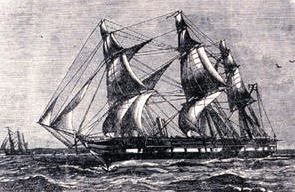
In June 1893 the Norwegian Explorer Fridtjof Nansen set out to drift with his ship the Fram to the Northpole in the Artic Ocean.
Nansen not only invented the Nansen (sea water probing) bottle which is still in use to this day, but also received the Nobel Peace Prize for his humanitarian work for prisoners of war and stateless, starving people in 1921.
In 2020 the RV Polarstern with over 200 international researchers as part of the MOSAIC expedition followed the tracks of the Fram again.
The Geophysical Year 1959 marked another big milestone in mapping & surveying the ocean.
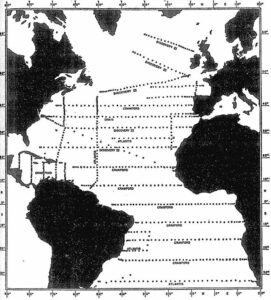
In 1979 the American research submarine from Woodshole Oceanography Institute discovered the first deep sea thermal vents near the Galapagos Islands. Another big breakthrough in ocean research.
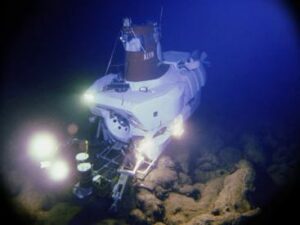
Other interesting oceanographical instrumentation include: ADCP (speed & current direction), CTD (conductivity, temperature, depth & H2O probes), XBT (depth, temperature), SAR (satellite aperture radar and other remote sensing to get sea surface temperature (SST), chlorophyll and other interesting parameters), isotope testing (as current, water mass tracer).
And here some interesting facts about the Blue Ocean/ Economy/ Environment.
Sources: Geomar, NASA, NOAA, Woodshole
